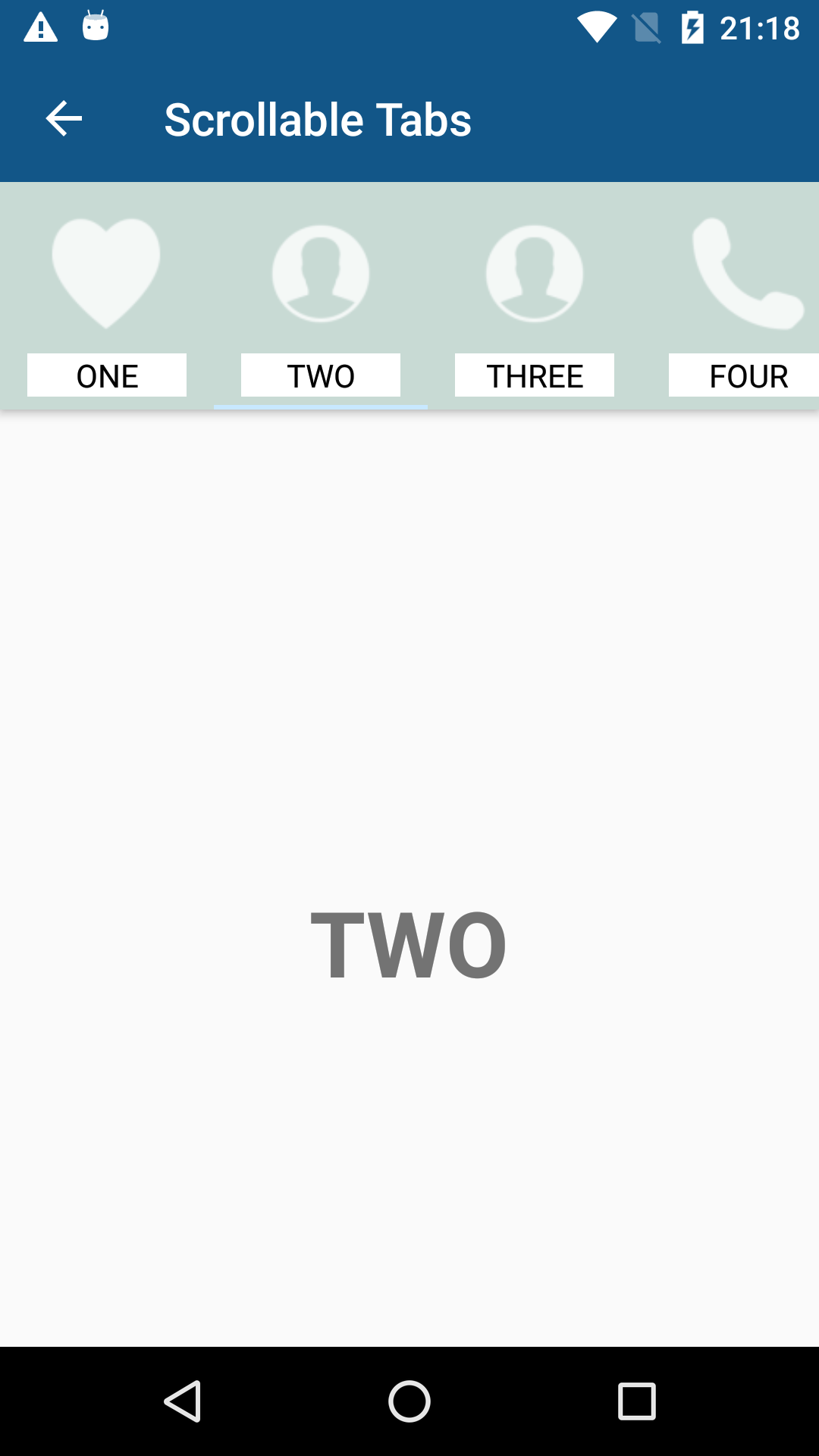

In order to create an accessible application that still utilizes TabWidget functionality, Deque developers created a custom TabWidget layout, which extends a LinearLayout, to use instead of the default Android TabWidget. This behavior means default TabWidgets violate WCAG 2.0 success criteria. To a TalkBack user, there is no difference between this TabWidget and a TextView. There is nothing that indicates the highlighted view has any functionality whatsoever. Try it on the “broken” page – all that is announced is “Cat,” “Dog,” or “Fish.” A non-sighted user would not be able to tell that the highlighted element is a tab. It also does not announce it’s role – that it is a tab. It does not announce it’s state – whether the tab is selected or not – nor where the current tab lies in the entire TabWidget (for example, tab # of #). When a tab is highlighted using TalkBack in Android, the default announcement is only the text (if any) in the current tab. The following discussion will refer to the broken tab view as well as the fixed tab view. Before continuing find the “Tabbed Navigation” story, located in the main menu, and navigate to the broken tab. The Open Source app is the preferred reference. You can also find our app on the Google Play Store, though the version released may be behind the version referenced in the open source repository. Please get this running on your device and turn TalkBack on. This discussion references our open source app. In order to make TabWidgets accessible, developers must make some programmatic customizations. This is especially true for TabWidgets in Android because they are inaccessible otherwise. WCAG 4.1.2 describes the need for all user interface components to have a name, role, and value to ensure that assistive technology users have the necessary information to navigate screens effectively. TabWidgets are a tool that can add great functionality to your mobile Android apps however, they are inaccessible by default.
#Help on tabview android free
Feel free to share your feedback on this release of any other ideas you may have in our feedback portal.This post was co-authored by Chris McMeeking and Melinda Kothbauer. We hope that the new additions will further ease your Android application development, and will empower you to deliver outstanding functionality and UI to your users. In addition, you can check out the AutoCompleteTextView documentation. As with Gauges, you can take a look at our SDK Samples on Github for more developer oriented samples that demonstrate various aspects of the API. The SDK samples are also updated with useful scenarios that can easily get you started: AutoCompleteTextViewĪutoCompleteTextView is also out of beta, with improvements in the Tokens layout and new examples. We have addressed issues and polished the documentation.
#Help on tabview android for android
Gauges (Beta) for Android is already official. To quickly get started with TabView for Android take a look at our online docs and the SDK samples on Github: Gauges You can now easily implement a simple tab-based navigation with a few lines of code, listen for navigation changes and adjust the way tabs are presented: We decided to fix that by implementing a component that is more intuitive and easy to get started with. Implementing a tabbed navigation on Android has always been a challenge. There are also a bunch of product improvements based on reports sent from our users.


The R1 2017 release of UI for Android comes with the official version of Gauges and AutoCompleteTextView, as well as with a brand new TabView (Beta) component. The new release of UI for Android brings you three new new components to help you build beautiful UI for your Android apps faster than ever.


 0 kommentar(er)
0 kommentar(er)
